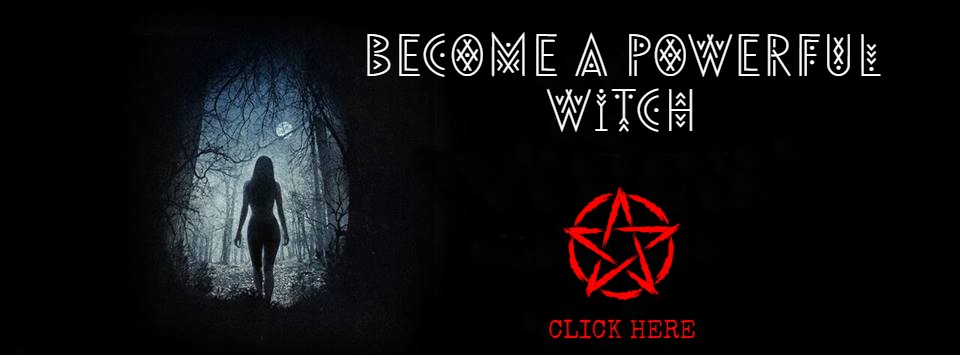A widespread belief from about the 16th to early 18th centuries was that true witches were incapable of reciting the Lord’s Prayer from start to finish. The reasoning was that the prayer, or any passage from the Bible, was offensive to the Devil, who would not permit his disciples to repeat it. This test was considered virtually infallible both in formal trials and inquisitions and in informal witchhunts. If the accused stumbled or omitted even a few words, she failed the test.
Since many accused witches were old, uneducated women, it was likely that a good number of them did not know the prayer or any other bit of Scripture demanded of them; nor would it be surprising that many of them stumbled or forgot lines out of fear. Some, like Florence Newton, tried in Ireland in 1661, said they could not remember because of their bad memory and old age. Sometimes a successful recitation of the Lord’s Prayer made no difference. most of the seven women accused of witchcraft in the Island Magee case in Ireland in 1711 had no trouble reciting the Lord’s Prayer, yet all seven were found guilty by a jury (see Island Magee Witches).
The Lord’s Prayer has long been considered a powerful charm against witchcraft and the forces of evil (see Charms). The theologian St. Augustine (354–430), in his Sermon Against Fortune-tellers and Diviners, stated, “But as often as you have to do anything or to go out, cross yourselves in the name of Christ, and saying faithfully the Creed or the Lord’s Prayer you may go about your business secure in the help of God.” According to the Malleus Maleficarum (1486), reciting the Lord’s Prayer was one of a number of remedies guaranteed to drive away incubi and succubi and nullify bewitchments of men and beasts.
The Lord’s Prayer is used in exorcism of possession. According to European lore, the prayer also helps ward off vampires.
In some black magic and satanic Rituals, the Lord’s Prayer is recited backwards. An 18th-century magic textbook, the Grimorium Verum, instructs that to harm an enemy, one should drive a coffin nail into his footprint and recite the Lord’s Prayer backwards.
See also : Prayer.
FURTHER READING:
- Summers, Montague, ed. The Malleus Maleficarum of Heinrich Kramer and James Sprenger. 1928. reprint, New York: Dover Publications, 1971.
- Thomas, Keith. Religion and the Decline of Magic. New York: Charles Scribner’s Sons, 1971.
SOURCE:
The Encyclopedia of Witches, Witchcraft and Wicca – written by Rosemary Ellen Guiley – Copyright © 1989, 1999, 2008 by Visionary Living, Inc.

Lord’s Prayer An AMULET against evil; also an Invocation of the devil. The Lord’s Prayer, the 23rd Psalm of the Bible, functions like a protective Charm to ward off witches, Bewitchment, DemonS, and other supernatural evils.
During the witch trials of the Inquisition, it was believed that a genuine witch could not recite the Lord’s Prayer without stumbling or error. Reciting the Lord’s Prayer backward supposedly will cause the devil to appear.
SEE ALSO:
SOURCE:
The Encyclopedia of Magic and Alchemy Written by Rosemary Ellen Guiley Copyright © 2006 by Visionary Living, Inc.
